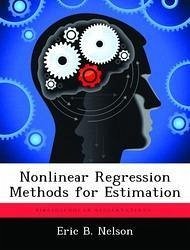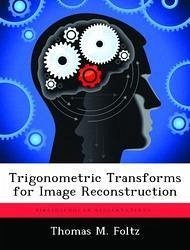
Nonlinear Regression Methods for Estimation
Versandkostenfrei!
Versandfertig in über 4 Wochen
22,99 €
inkl. MwSt.

PAYBACK Punkte
11 °P sammeln!
Regression techniques are developed for batch estimation and applied to three specific areas, namely, ballistic trajectory launch point estimation, adaptive flight control, and radio-frequency target triangulation. Specifically, linear regression with an intercept is considered in detail. An augmentation formulation is developed. Extensions of theory are applied to nonlinear regression as well. The intercept parameter estimate within the linear regression is used to identify the e ects of trim change that are associated with the occurrence of a control surface failure. These estimates are used...
Regression techniques are developed for batch estimation and applied to three specific areas, namely, ballistic trajectory launch point estimation, adaptive flight control, and radio-frequency target triangulation. Specifically, linear regression with an intercept is considered in detail. An augmentation formulation is developed. Extensions of theory are applied to nonlinear regression as well. The intercept parameter estimate within the linear regression is used to identify the e ects of trim change that are associated with the occurrence of a control surface failure. These estimates are used to adjust the inner loop control gains via a feed-forward command, hence providing an automatic recon gurable retrim of an aircraft. The regression algorithms are used to consider reduced information applications, such as initial position target determination from bearings-only measurement data. In total, this dissertation develops algorithms for batch processes that broaden the envelope of successful estimation within the three aforementioned application areas. Additionally, the developed batch algorithms do not adversely impact the estimation ability in cases that are already estimated successfully by conventional approaches. This work has been selected by scholars as being culturally important, and is part of the knowledge base of civilization as we know it. This work was reproduced from the original artifact, and remains as true to the original work as possible. Therefore, you will see the original copyright references, library stamps (as most of these works have been housed in our most important libraries around the world), and other notations in the work. This work is in the public domain in the United States of America, and possibly other nations. Within the United States, you may freely copy and distribute this work, as no entity (individual or corporate) has a copyright on the body of the work. As a reproduction of a historical artifact, this work may contain missing or blurred pages, poor pictures, errant marks, etc. Scholars believe, and we concur, that this work is important enough to be preserved, reproduced, and made generally available to the public. We appreciate your support of the preservation process, and thank you for being an important part of keeping this knowledge alive and relevant.












